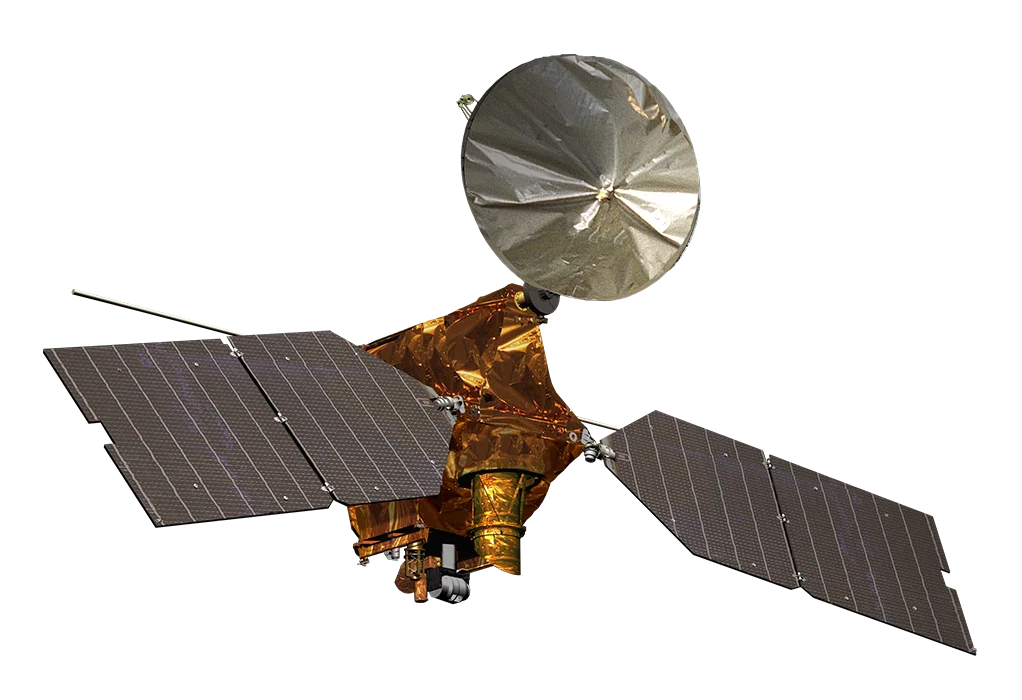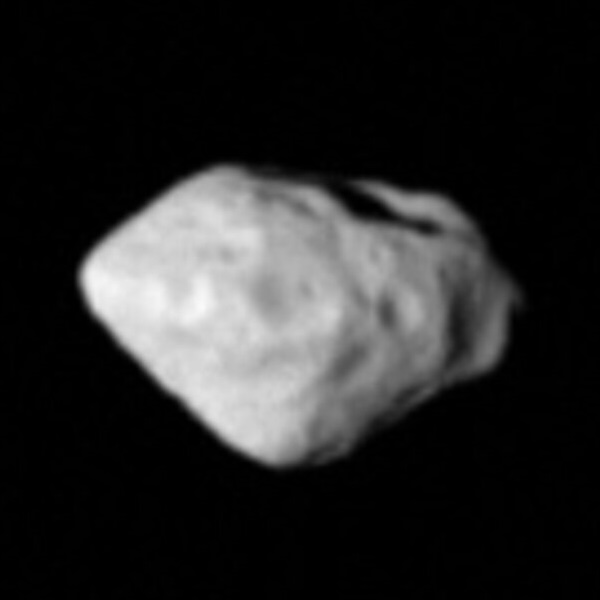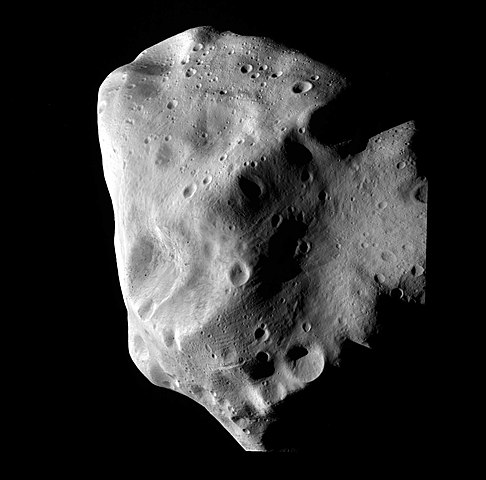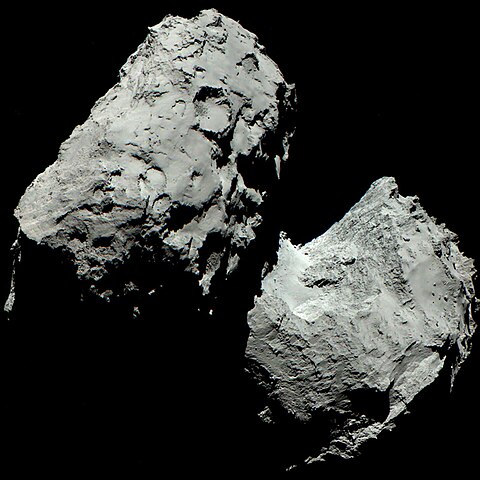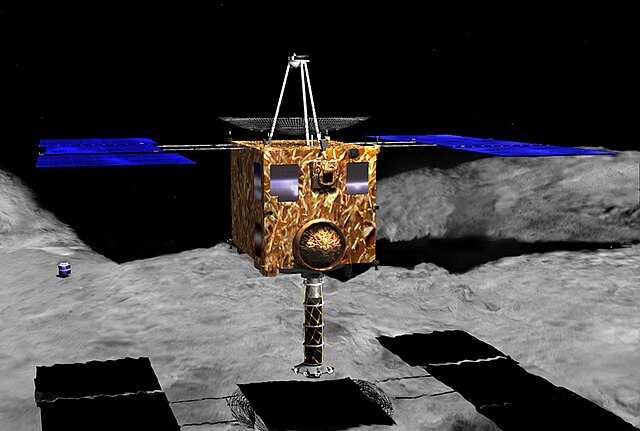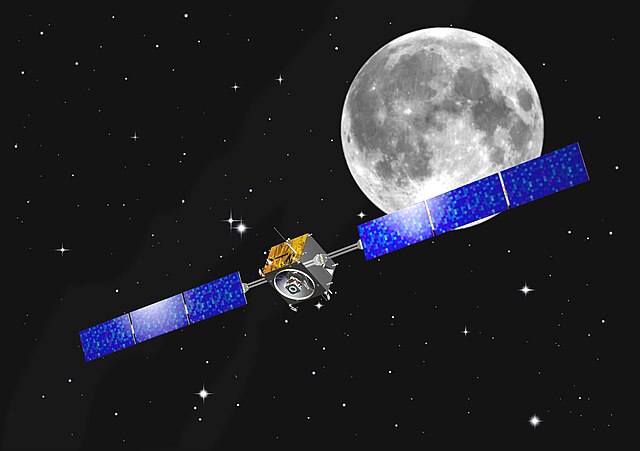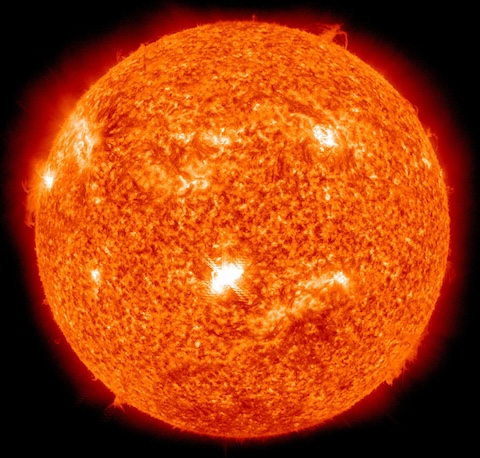1 day / second
0.5 AU
Rosetta
Spacecraft
A historic ESA spacecraft that became the first to orbit and deploy a lander on a comet, studying comet 67P/Churyumov-Gerasimenko from 2014 to 2016 before intentionally crash-landing on its surface.
Key Facts
organization | ESA |
orbital regimes | Inner System Asteroid Belt |
learn more | Wikipedia |
launched | 2004-03-02 |
decommissioned | 2016-09-30 |
launch mass | 3,000 kg |
power | 850 watts |
Mission Timeline
Launched
March 2, 2004 at 07:17 UTC
Mars
Gravity Assist
Rosetta performed a gravity assist flyby of Mars on February 25, 2007, passing within 250 kilometers of the surface during a highly precise maneuver that helped adjust its trajectory towards comet 67P/Churyumov-Gerasimenko.
2867 Šteins
Flyby
Rosetta performed a close flyby of asteroid Šteins on September 5, 2008, passing within 800 kilometers of the small diamond-shaped body while capturing detailed images and scientific measurements.
21 Lutetia
Flyby
Rosetta flew within 3,162 kilometers of asteroid Lutetia on July 10, 2010, capturing detailed images of its cratered surface and revealing it to be one of the largest and densest asteroids visited by a spacecraft.
67P/Churyumov–Gerasimenko
Orbiter
Rosetta became the first spacecraft to orbit a comet when it reached 67P/Churyumov-Gerasimenko in August 2014, studying the comet for two years and deploying the Philae lander before intentionally crash-landing on its surface in September 2016.
Decommissioned
September 30, 2016 at 10:39 UTC
After 12 years of operations exploring Comet 67P/Churyumov-Gerasimenko, Rosetta concluded its mission with a controlled descent onto the comet's surface at Ma'at region, transmitting scientific data until impact at 10:39 UTC on September 30, 2016.
Other Spacecraft
